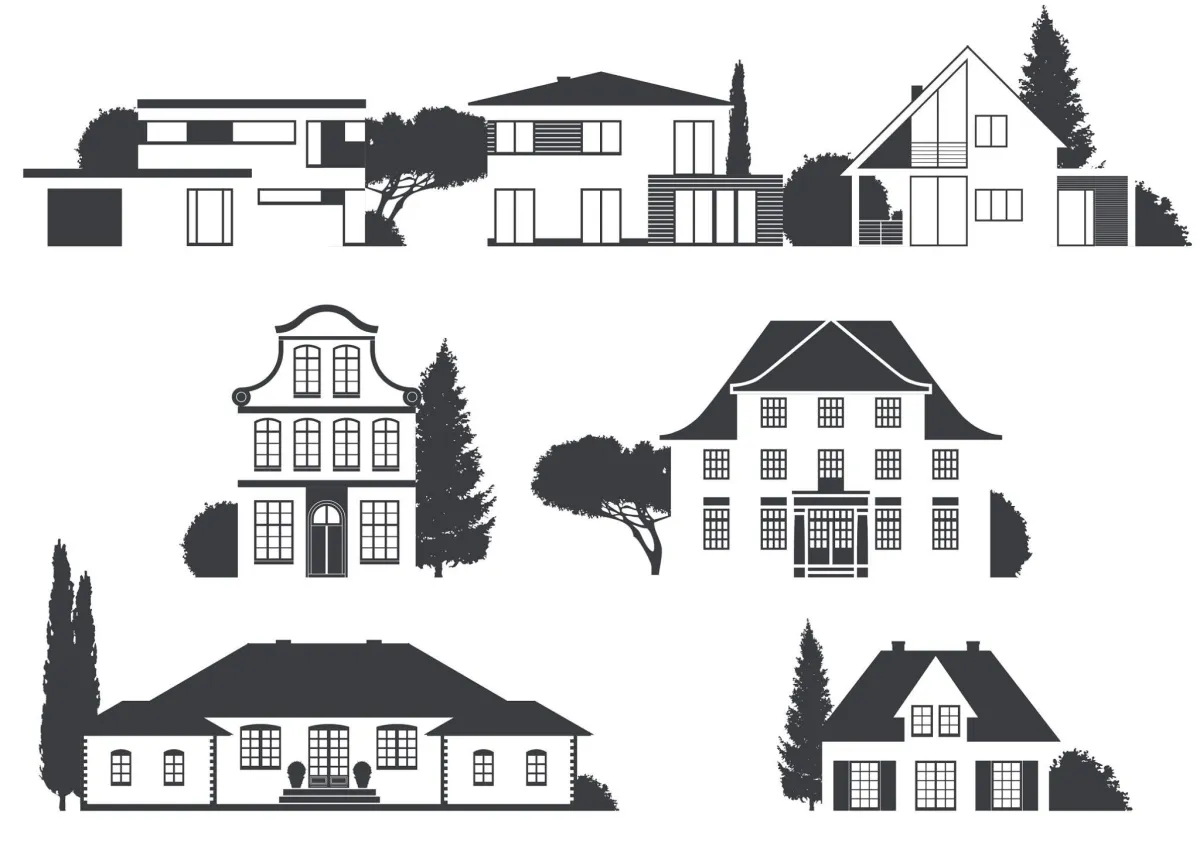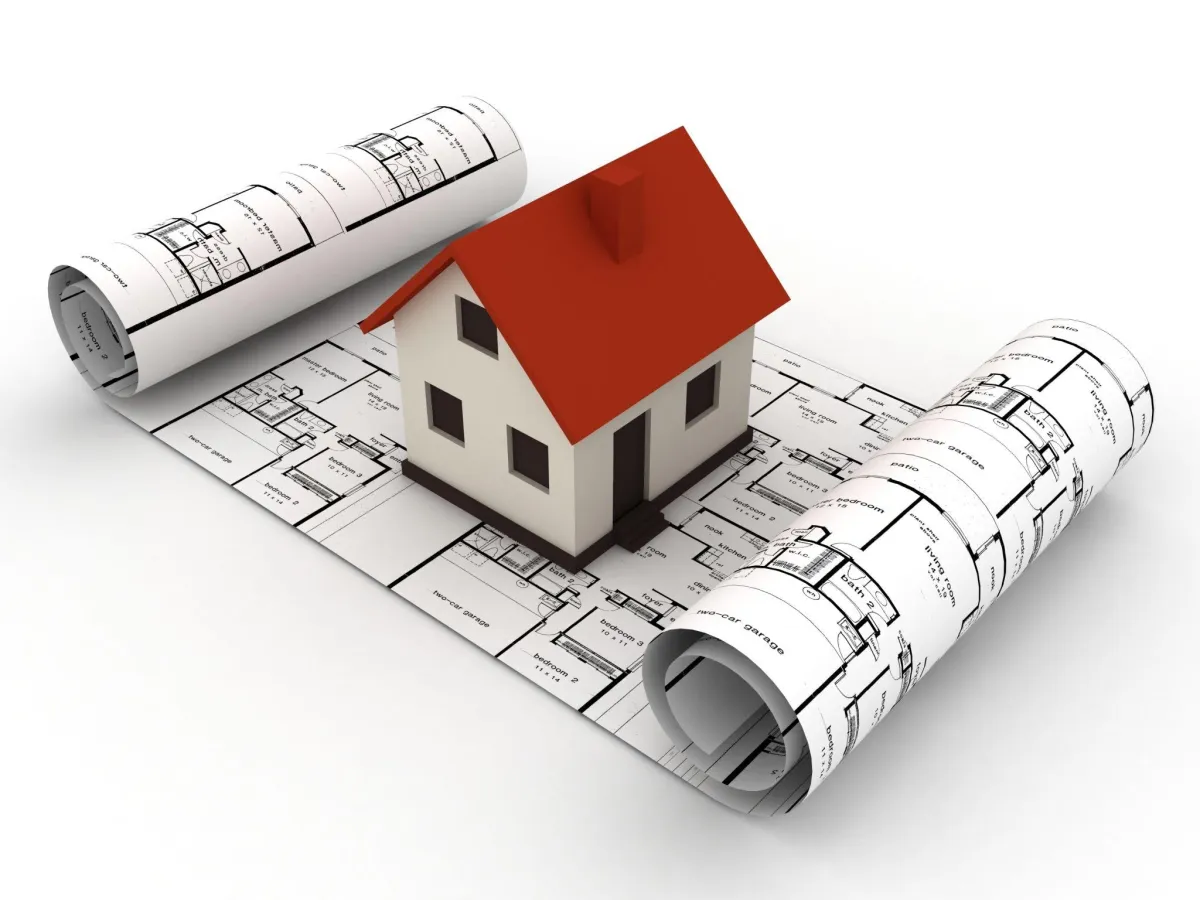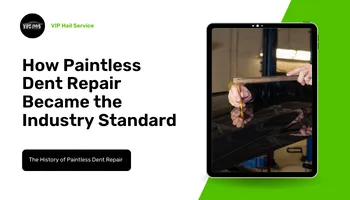A Guide for Home Renovation
Roanoke's Historic Preservation Districts: Design Tips for Renovations
Roanoke, Virginia, is rich in history, and its historic preservation districts are a testament to the city's heritage. If you're fortunate enough to own a property in one of these districts, you have a unique opportunity to contribute to the city's cultural fabric. However, renovating a historic home or building comes with specific challenges and considerations.
This article will delve into the design tips for renovating properties in Roanoke's historic preservation districts. We'll explore how to maintain the district's character while incorporating modern amenities and functionality.

Understanding Historic Preservation Districts
Historic preservation districts are designated areas that protect and preserve buildings of historical significance. These districts are often established to maintain a community's unique character, sense of place, and cultural heritage.
Roanoke's Historic Preservation Districts
Salem Avenue Historic District: This district, located along Salem Avenue, features a mix of residential and commercial buildings from the late 19th and early 20th centuries. It includes Victorian, Colonial Revival, and Italianate-style architecture.
Gilliam Place Historic District: This district, located in the Gainsborough neighborhood, is known for its well-preserved Craftsman-style bungalows. It was developed in the early 20th century as a planned residential community.
Jefferson Street Historic District: This district, located in downtown Roanoke, features a variety of commercial buildings from the late 19th and early 20th centuries. It includes examples of Italianate, Romanesque Revival, and Art Deco architecture.
Importance of Historic Preservation
Preserving History: Historic preservation districts help to preserve a community's history and heritage for future generations.
Economic Benefits: Preserving historic buildings can contribute to economic development by attracting tourists and businesses.
Quality of Life: Historic preservation districts can enhance the quality of life for residents by providing a sense of place and connection to the past.
Regulations and Guidelines:
Local Historic Preservation Commissions: These commissions are responsible for overseeing historic preservation districts and enforcing regulations.
Design Guidelines: Historic preservation districts often have specific design guidelines that property owners must follow when making changes to their buildings. These guidelines may include restrictions on exterior modifications, materials, and colors.
Demolition Review: In many cases, property owners must obtain approval from the historic preservation commission before demolishing a historic building.
By understanding the significance of historic preservation districts and the regulations that govern them, property owners can contribute to the preservation of Roanoke's rich history while also making improvements to their properties.
Design Tips for Historic Renovations

Research Local Guidelines
Roanoke Valley Preservation Foundation: Familiarize yourself with the Roanoke Valley Preservation Foundation's guidelines and regulations. They offer specific guidance for property owners in the city's historic districts.
Local Zoning Ordinances: Review local zoning ordinances to understand any additional restrictions or requirements that may apply to your property.

Assess Existing Features
Architectural Styles: Identify the specific architectural style of your property (e.g., Victorian, Colonial Revival, Tudor). Understanding the style will help you choose appropriate materials and design elements.
Original Details: Document any original details, such as moldings, hardware, and light fixtures. These elements can be restored or preserved to maintain the building's character

Incorporate Period-Appropriate Materials
Material Sourcing: Research local sources for period-appropriate materials, such as antique stores, salvage yards, and specialty suppliers.
Roanoke Building Supply: Consider visiting Roanoke Building Supply or similar local businesses for materials that match the historical style of your property.
Material Selection: Choose materials that are compatible with the original construction methods and aesthetic of your building. For example, if your home is Victorian, consider using stained glass windows or ornate trim.

Maintain Architectural Integrity
Avoid Drastic Changes: Avoid making significant changes that would alter the building's overall appearance. Focus on preserving the original form and proportions.
Consult with Architects: If you're planning major renovations, consider consulting with an architect with experience in working with a diverse range of structure types and ages (Such as TAS Design). We can provide guidance on maintaining the building's integrity.

Consider Energy Efficiency
Energy-Efficient Upgrades: Incorporate energy-efficient upgrades without compromising the building's historic character.
Insulation: Improve insulation to reduce energy loss and improve comfort.
Efficient HVAC Systems: Install a high-efficiency HVAC system that is compatible with the building's existing infrastructure.
LED Lighting: Replace traditional light bulbs with energy-efficient LED bulbs to reduce energy consumption.

Preserve Original Details
Salvage and Restore: If possible, salvage and restore original elements like moldings, hardware, and light fixtures. These details add character and authenticity to your property.
Restoration Specialists: Consider working with restoration specialists who can repair or refurbish damaged original elements.

Consult with a Historic Preservation Specialist
Expert Guidance: For complex renovations or projects involving significant changes, consult with a professional who specializes in historic preservation.
Local Resources: Look for local historic preservation organizations or consultants who have experience working on projects in Roanoke's historic districts.
Roanoke Preservation Foundation: The Roanoke Preservation Foundation may be able to provide recommendations for qualified professionals.
Conclusion
Renovating a property in Roanoke's historic preservation districts offers a unique opportunity to contribute to the city's rich heritage. By following these design tips and working closely with local authorities, you can create a beautiful and functional space that respects the district's history while reflecting your personal style.
Contact Us
Office Hours
Social Media
Mon- Fri 8 am - 5 pm
Sat, Sun- Closed except by appointment





Contact Us
1 540-302-2593
2507 Bluff Road
Roanoke VA 24014
Office Hours
Mon- Fri 8 am - 5 pm
Sat, Sun- Closed except by appointment











